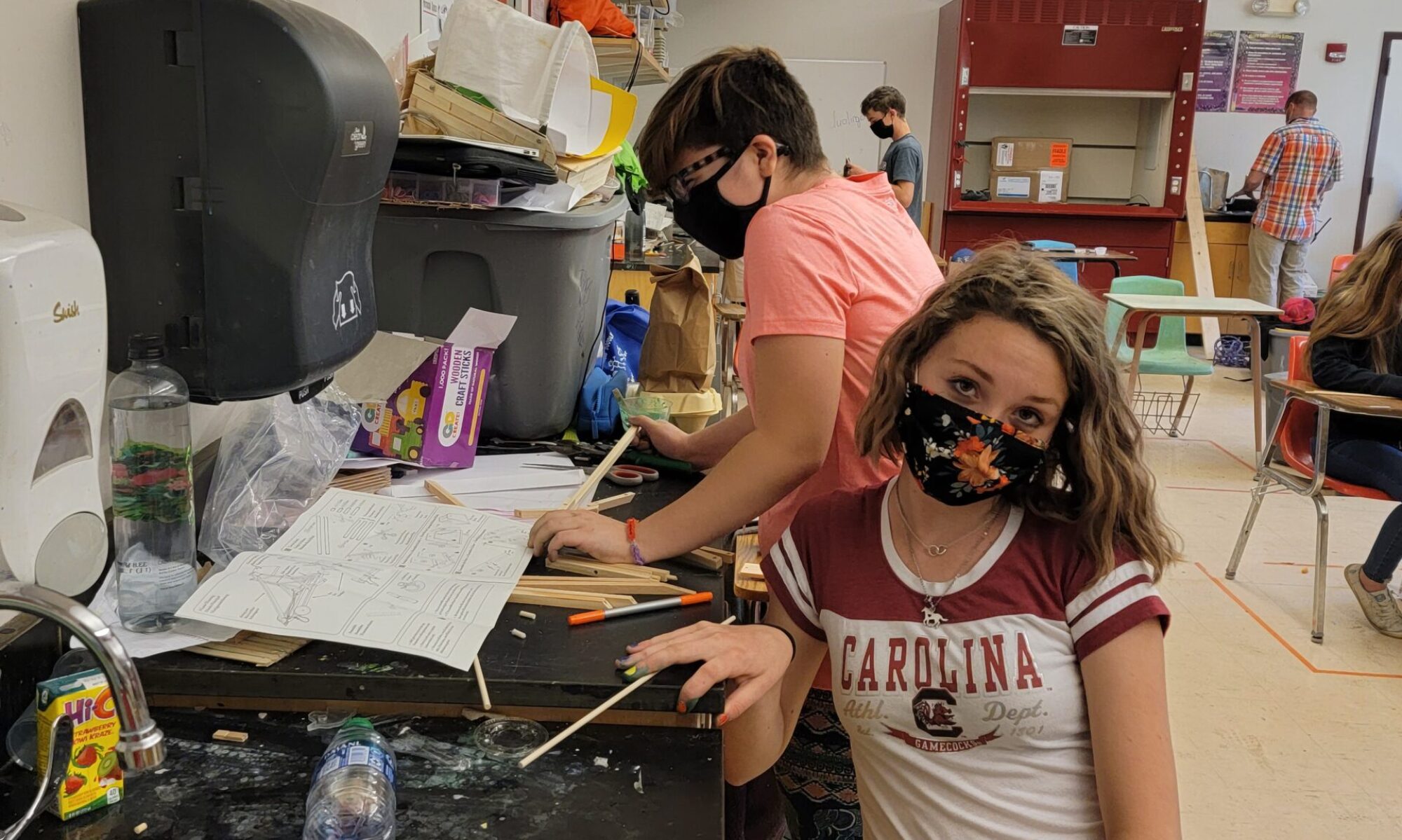So you’re moving to remote learning. There’s a lot to prepare for, and before anything else, relationships to maintain, strengthen and nurture.
One important aspect to consider is how you can adapt the schedule of the learning day to provide structure and reduce anxiety during this period.
Consistent schedules help.
With so much in the air, it’s incredibly helpful to lay out the times you’ll be definitely doing certain things. While building remote learning, create a class schedule, including “live” online times, independent work time, and breaks.
Here’s how.
https://twitter.com/commlearncenter/status/1238563264847642626
Focus on connections and relationships by holding online advisory/morning meetings
Here is a structure developed with some teachers from the Two Rivers Supervisory Union for maintaining normalcy and community.
Morning meetings (30 minutes each morning at a set time)
1. Share and review norms, then check-in as a group. Some possible prompts:
- What’s your weather?
- If you were an animal, what would you be?
- Tell a six-word story about yourself
- Rose, thorn, bud
- What emoji represents how you are feeling today?
2. Outline a schedule for the day. Share the learning and assignments for the day.
- Consider an outdoor learning task.
- REMEMBER to have realistic expectations: academics are a way to create a sense of normalcy and continuity, be reasonable about what you and your students can achieve. Focus on building skills or reviewing key content, not on introducing new learning.
- Don’t forget about non-core classes: assign PE, Art, or Music activities that kids can do on their own.
https://twitter.com/StudioJJK/status/1238577437363052544
Here are some reasonable expectations that you might modify for your students:
- Elementary students: 60 minutes of academic time a day, 20 minutes a day of:
- literacy
- math
- integrated arts (PE, Art, Music, World Language)
- Middle school students: 120 minutes of academic time a day, 30 minutes a day of
- literacy or humanities
- math
- science/social studies
- integrated arts (PE, Art, Music, World Language)
- High school students: 180 minutes of academic time a day
- 45 minutes per core subject area
3. Highlight an aspect of a transferable skill to focus on for the day or the week. TRSU teachers will be focusing on self-direction.
4. Encourage students to sign up for “office hours” or 1:1 connections with a teacher. A GoogleDoc or online form can help facilitate this process.
5. Finally, don’t forget to have some fun together.
Celebrating the small things will help you and your students with mental health, and distract from anxiety.
Here are some ideas for fostering the relational glue that is laughing and feeling good together:
- Readalouds! Read a chapter aloud to your students.
- Mindful moments (try the breathing exercise above together)
- Jokes and riddles
- Morning announcements
- Meme of the day
- Assign a Flipgrid dance-off inspired by the teachers at Edmund’s Middle School
Above all, be gentle and let students who don’t want to engage this way also be okay. This. Is. A. Lot.
https://twitter.com/innovativeEd/status/1238470730230239234
End the day well with a closing check-in
TRSU teachers are planning a 30 minute (or less) check-in at the end of the afternoon.
- Share outs: how did today go?
- Reflections on transferable skill focus
- Follow up on challenges from earlier in the day (meme of the day/dance-off/etc.)
- Sign off in a positive way
It is a bonafide challenge staying connected while practicing social distancing! Let us know how you are fostering community from afar. And don’t be afraid to ask us for help, we are here for you.



2 Replies to “Creating a new schedule for remote learning”
Comments are closed.